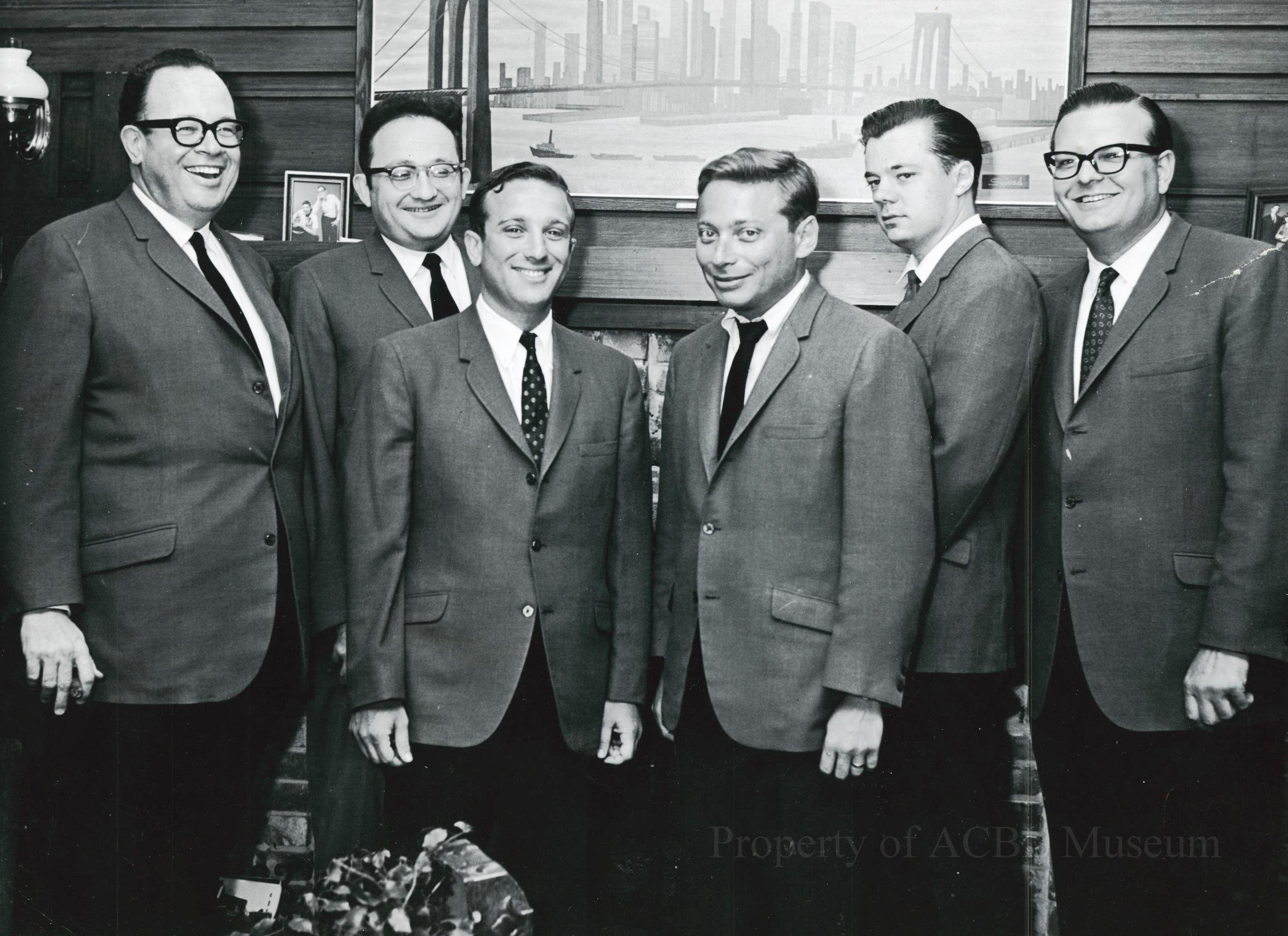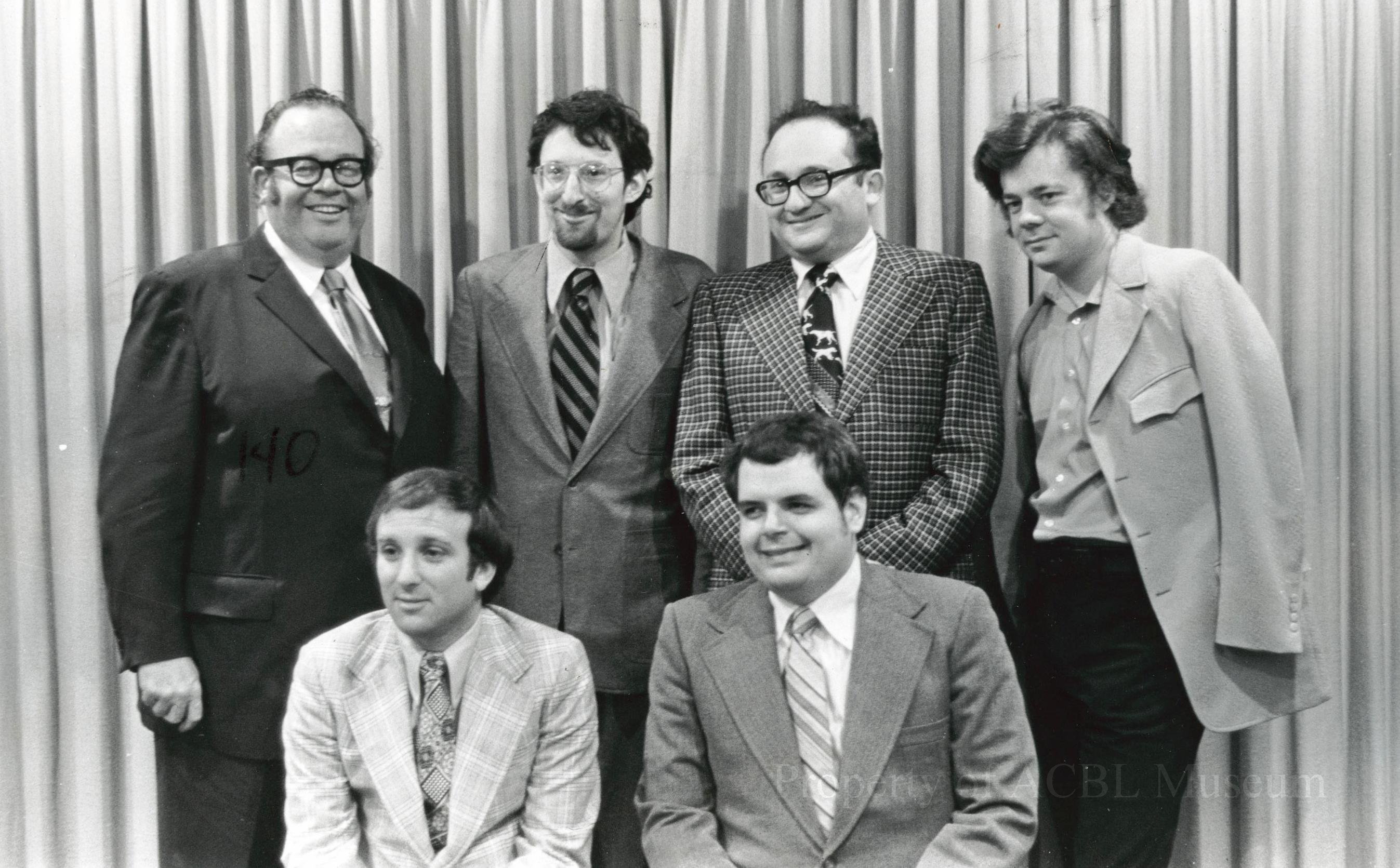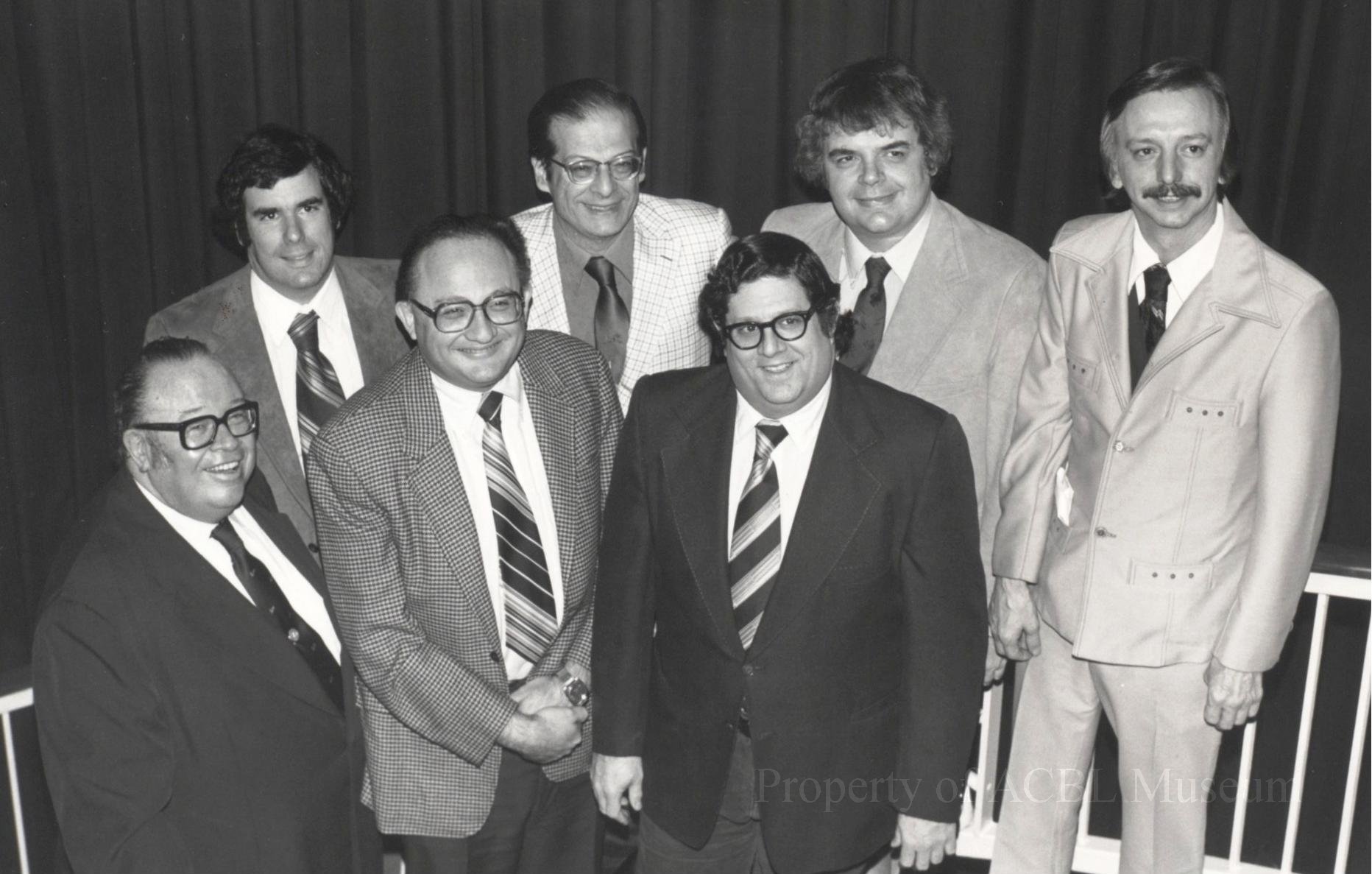In 1968, Dallas TX financier Ira Corn Jr., had a vision. It had been more than 14 years since the U.S. had won the Bermuda Bowl, and Corn wanted to return the world team championship to the United States. His plan was to organize and train a full-time professional bridge team to achieve this special goal.
Having decided that bridge was a partnership game and that all the expertise in the world was not enough unless that talent was used in partnerships, Corn began to pursue his dream. He met with different players, interviewed them, talked to them and judged their reactions. Corn selected six very individualistic players from among America’s leading experts and moved them to Dallas. He signed them to contracts and paid each a salary, plus tournament expenses, to undertake a full-time career of studying and playing bridge.
Corn started with Jim Jacoby and Bobby Wolff, and shortly thereafter added Billy Eisenberg, Bobby Goldman and Michael Lawrence. Bob Hamman joined the team in 1969. Monroe Ingberman, mathematician and bridge writer, worked with the Aces as their first coach. In mid-1968, retired Air Force Col. Joseph Musumeci was added as trainer and coach. The team was incorporated as the U.S. Aces, but was popularly known as the Dallas Aces and later simply as the Aces.
Using a computer to analyze results and to generate specific sets of hands to provide practice in given areas of the game – slam hands, preemptive openings, etc. – the Aces spent 50 to 60 hours a week perfecting the bidding systems and discussing problems encountered at the table. Complete records of all hands played were compiled for critical analysis. From the intensive study and analysis emerged various bidding styles and systems, including the Orange Club used by Wolff and Jacoby; the similar Black Club used by Hamman and Eisenberg and Aces Scientific used by Goldman and Lawrence.
The players lived bridge – literally – for the next few years. First they were molded into partnerships and then into a team. In addition to competing in North American championships and regional knockout team-of-four contests, the Aces also engaged many of America’s top experts in practice matches in Dallas and staged a series of exhibition matches.
In 1969, the team achieved the first major goal set by Corn by winning the Spingold Knockout Teams and later a playoff match that earned the Aces the right to represent North America in the 1970 Bermuda Bowl in Stockholm, Sweden. With Italy’s Blue Team in temporary retirement, the Aces returned the Bermuda Bowl to North America for the first time since 1954. The Aces successfully defended their world title in 1971.
That same year, Eisenberg left the team and was replaced by Paul Soloway. By June of 1972, the team had become a part-time effort – players were paid expenses rather than salaries.
Thereafter, the makeup of the Aces began to change. In 1972, the Aces were runners-up to Italy in the Team Olympiad. The team was Jacoby-Wolff, Hamman-Soloway and Goldman-Lawrence.
In early 1973 Soloway was replaced by Mark Blumenthal. The Aces were second to Italy in the Bermuda Bowl, playing as two threesomes: Wolff-Hamman-Jacoby and Goldman-Lawrence-Blumenthal. Soon thereafter, Lawrence and Jacoby left the team and were replaced by Eric Murray and Sami Kehela. In 1974 the team was second to Italy with Hamman-Wolff, Blumenthal-Goldman and Kehela-Murray.
In 1975, Eddie Kantar and John Swanson made their first appearances in international play with the team, no longer officially the Aces, although many referred to any team with Hamman and Wolff by that name. The team, second to Italy in the Bermuda Bowl, were Hamman-Wolff, Eisenberg-Kantar, Soloway-Swanson.
In 1976, North America did not fare well in the Team Olympiad but won the Bermuda Bowl. On the team were two former Aces: Soloway and Eisenberg.
The Aces won the 1977 Bermuda Bowl as Zone 2 representatives, and another team from North America finished second. Playing for the “Aces” once again were Hamman-Wolff, Soloway-Swanson and Eisenberg-Kantar. In 1979, four ex-Aces won the Bermuda Bowl in Rio on a team captained by Malcolm Brachman (Eisenberg, Goldman, Kantar, Soloway). The next year, in the 1980 World Team Olympiad, Corn captained the Aces to second place behind France. His team was Hamman-Wolff, Soloway-Ira Rubin and Fred Hamilton-Mike Passell. In 1981, for the first time in many years, no Ace or former Ace was present on the U.S. International Team.
In the fall of 1981, Corn put together one more Aces team. He had great hopes for Hamman-Wolff (the only players to remain constantly with the Aces throughout a 13-year period), Alan Sontag-Peter Weichsel and Mike Becker-Ron Rubin. Just three months after Corn’s unexpected death of a heart attack in April 1982, the Aces won the Spingold in Albuquerque and qualified for the International Team Trials in Minneapolis that November.
Hamman, in summing up the history and the victory of this Aces team, reported, “Just say that we won one for big Ira.” The Aces name stuck with them. In the Minneapolis trials, which they won, they were known as the Aces, and their non-playing captain was Musumeci. The team went on to win the Bermuda Bowl in 1983 in Stockholm, Sweden.
From that point on, the Aces Team as such disappeared into history. But members of the team continued to have many successes. Hamman and Wolff headed the WBF rankings in 1992. Lawrence and Kantar are prolific bridge authors. Soloway, who died in 2007, became the first player to break the 50,000-point barrier in 1998. Jacoby was a syndicated bridge columnist until his death in 1991.




